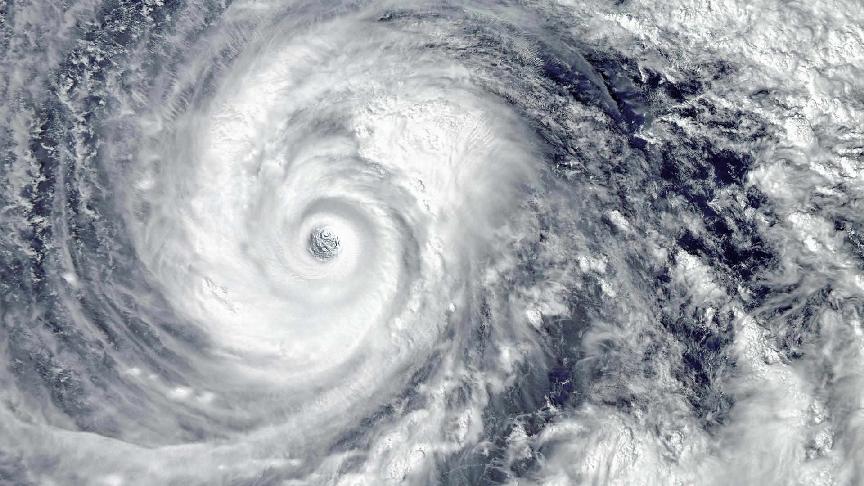I1 June (Lloyd's List) - INCREASING draught restrictions in the Panama Canal could push carriers to use smaller ships as fully loaded larger vessels will be unable to transit through the passage, with each incremental restriction having significant ramifications for volumes.
“A lack of seasonal rainfall in the Panama Canal region between February and April could leave carriers high and dry, with further draught restrictions set to take hold,” Xeneta’s chief analyst Peter Sand said in a weekly update. “Precipitation during the period was less than half of normal levels, with some welcome rainfall arriving in late May.
“With El Niño forecast to return in 2023/2024, making the region warmer and dryer, the pressure is well and truly on for this vital link between the Pacific and Atlantic basins.”
The inauguration of the neopamanax locks in 2016 allowed for a doubling of the size of vessels that can transit through the crucial link between the Pacific and Atlantic Basins.
The fully laden 16,285 teu CMA CGM Zephyr (IMO: 9882487) was the largest boxship by capacity to have transited the waterway in August 2022.
“While the neopanamax locks were initially expected to serve vessels with a maximum of 12,600 teu, the Panama Canal team quickly surpassed this threshold, thanks in part to the experience gained operating the locks and its close collaboration with customers,” the canal said in an advisory last August.
The normal maximum draught permitted is 50 ft (15.24 m), but current conditions have pushed it to 44.5 ft (13.46 m), with further restrictions set to come in force later this month.
“The new draught limit of 43.5 ft (13.25 m), valid from June 25, will take this, quite literally, to a new level,” Sand said.
“With a total of 285 neopanamax ships transiting the Panama Canal in April alone, half of which were containerships, each incremental cut has significant volume ramifications.”
The restrictions are also having an impact on carrier’s schedule reliability.
First quarter reliability data from Sea Intelligence showed Zim placing near the bottom of the top 14 best-performing carriers with 50.8% reliability, which chief financial officer Xavier Destriau partially attributed to the canal restrictions.
“We have large vessels that cross the canal and those need to be discharged ahead of [it] and the cargo needs to find its way inland before it comes back on the ship,” he told Lloyd’s List in May.
The tightening restrictions may force carriers to revert to using smaller ships, Sand said.
While reducing the benefits allowed by economies of scale, this comes at a time where volumes on many trades are at a lull and many ships are already not sailing full.
“With the ongoing tightening of draught restrictions in the Panama Canal, smaller ships may return to favour with the carriers, as they find themselves unable to utilise the full capacity of larger vessels,” Sand said.







